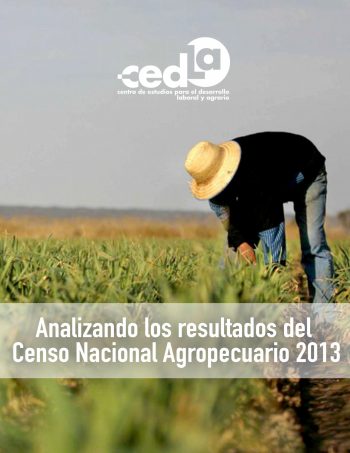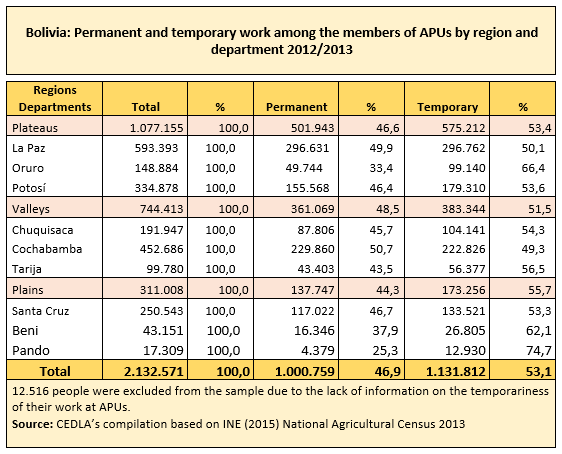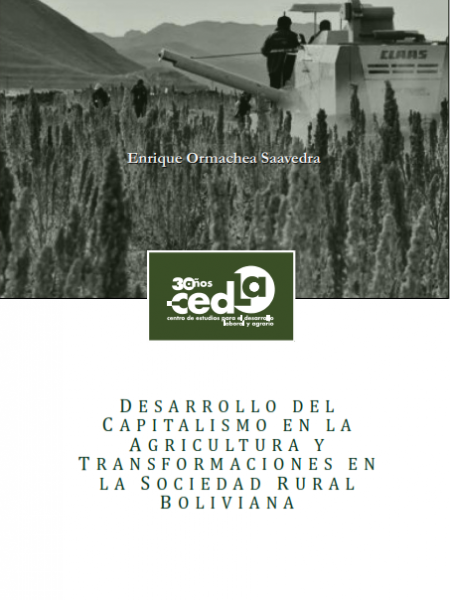Temporariness in agricultural production and off-farm work
- Descripción
- Información adicional
Descripción
Although of great importance, the National Agricultural Census 2013 did not address the situation of permanent and temporary work among salaried agricultural workers; what it did instead, was to address the situation with a focus on the members of agricultural production units: head producers, spouses, offspring and other economically dependent relatives.
These data, nevertheless, confirm what several studies have been pointing out for a long time: the growing importance of temporary and seasonal work in Bolivia’s agricultural production landscape, a phenomenon deeply rooted in the great influence of mercantilism in agriculture, which results in an ever-growing specialization of agricultural labor. In effect, the results of the census show that 53,1% of total number of members of agricultural production units (APUs) perform temporary work at their own units; at the regional level the results are: 53,4% in the plateaus; 51,5% in the valleys and 55,7% in the plains.
This information shows that Pando, Beni and Santa Cruz are the departments with the highest percentages of temporary workers working at their own APUs. At 74,7% Pando is the department with the highest percentage, which is of no surprise if we take into account that their main product is Brazil nuts, a particularly seasonal product. Beni and Oruro, likewise, at 62,1% and 66,4% respectively, do not require permanent workforce for their main agricultural activity: livestock farming –extensive cattle farming in the case of Beni; and sheep and camelid farming in the case of Oruro. This results in a more diversified economy, where the main occupation of APUs’ members is no longer necessarily related to agriculture.
Who are the members of these APUs and why do they perform temporary work at these APUs?
In the first place, they are members of pauperized units who, due to their precarious situation, are forced to seek another source of income, whether in the agricultural sector or in other sectors; whether engaging in dependent employment or self-employment, both in urban and rural areas. In the second place, there is the case of “residents”, i.e. members of APU’s who reside outside them (mainly in urban areas), and who return to their lands during specific times of the agricultural production cycle in order to carry out punctual tasks of production and management. Afterwards, they return to their main place of residence in order to resume their main subsistence activities.
La Paz, July 6th 2016
Información adicional
| Autor | |
|---|---|
| Catálogo | Analizando los resultados del Censo Nacional Agropecuario 2013 |
| Categorías | |
| Gestión |





